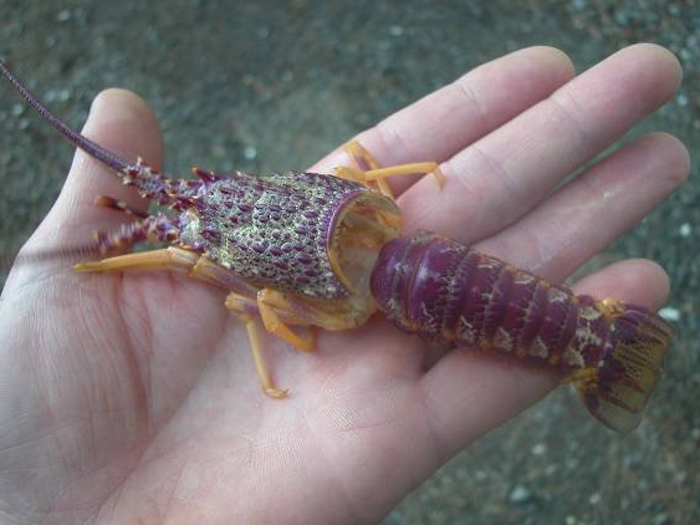Moulting

Lobsters have a hard shell (or ‘exoskeleton’) and to grow they must shed this shell and replace it with a bigger one.
Before moulting (ecdysis) the lobster begins to grow a new layer of exoskeleton beneath the old shell. It also starts to remove calcium from the old skeleton.
When the lobster is ready to moult, on the back of the lobster the membrane between the carapace and the tail splits. This allows the lobster to pull itself out of the old shell.
Next the lobster takes up water and uses it to swell up and enlarge the new shell. Then it re-deposits the stored calcium from its body into the new shell, which hardens it.
This process of shedding the shell occurs frequently in small lobsters (every 4-6 weeks) when they are growing rapidly. It usually occurs once a year in adult lobsters. The amount of growth is dependent on the size of the lobster, the temperature of the seawater in which it moves about, and the amount and type of food it has eaten.
